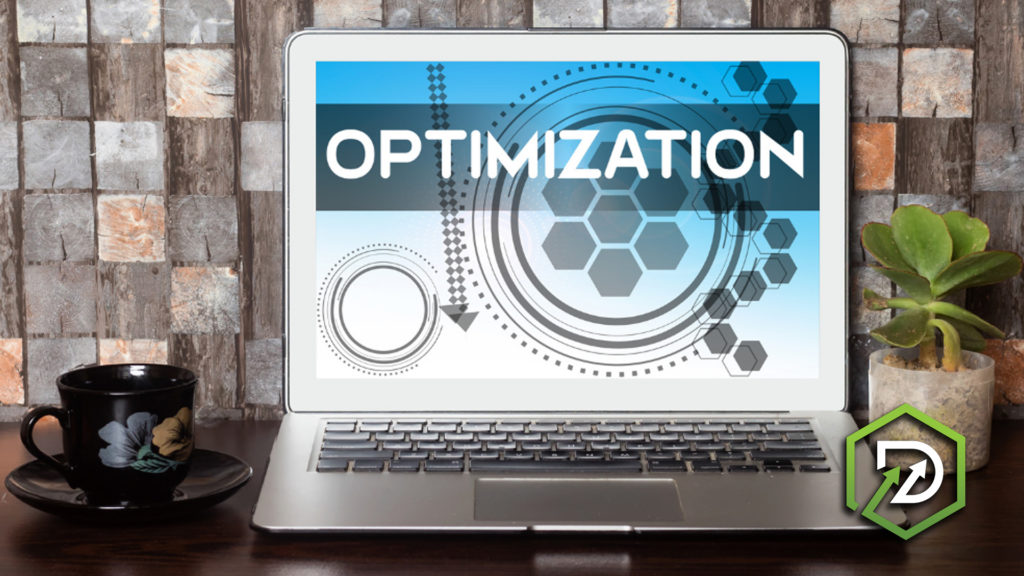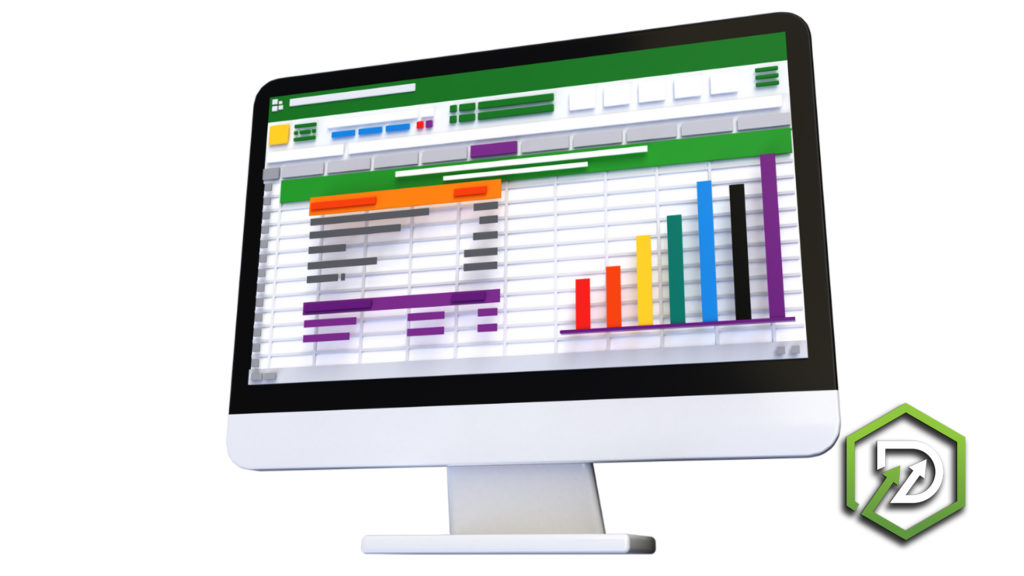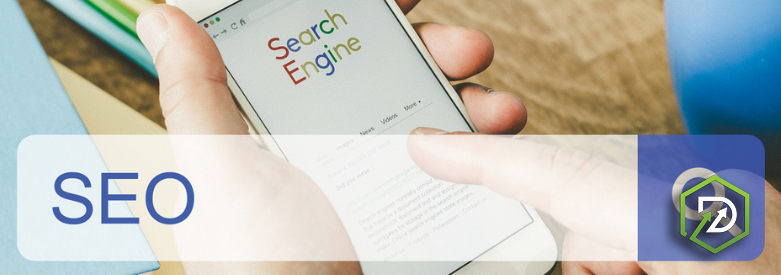SEO, DIGITAL MARKETING, LOCAL SEO
Effective On-Page SEO for Bloggers
In the digital age, where information is just a click away, bloggers have become powerful influencers and communicators. However, with millions of blogs vying for attention on the internet, it’s crucial for bloggers to implement effective on-page SEO strategies to stand out and reach their target audience. In this article, we will delve into the world of on-page SEO and explore techniques that can help bloggers boost their online presence and rankings.
Understanding On-Page SEO
What is On-Page SEO?
On-page SEO, also known as on-site SEO, refers to the optimization techniques used directly within a webpage to improve its visibility and rankings on search engine result pages (SERPs). It involves optimizing various elements on your website to make it more search-engine-friendly and user-friendly.
Why is On-Page SEO Important for Bloggers?
On-page SEO is vital for bloggers because it helps search engines understand the content of your blog posts. When search engines like Google comprehend your content, they can rank it appropriately for relevant search queries. This means your blog posts are more likely to appear in front of the right audience.
Now, let’s delve into the key strategies that can help bloggers excel in on-page SEO.
Keyword Research and Optimization
Conducting Keyword Research
Effective on-page SEO starts with thorough keyword research. Identify the keywords and phrases your target audience is using to search for content related to your blog. Use keyword research tools like Google Keyword Planner or SEMrush to find relevant keywords with decent search volume and manageable competition.
Optimizing Your Content with Keywords
Once you’ve selected your target keywords, strategically place them in your content. Include them in the title, headings, and throughout the body of your blog post. However, avoid keyword stuffing, which can harm your SEO efforts. Aim for a natural and reader-friendly integration of keywords.
The Importance of Long-Tail Keywords
In addition to targeting broad keywords, consider incorporating long-tail keywords into your content. Long-tail keywords are more specific and can help you reach a niche audience. They often have lower competition, making it easier to rank for them.
High-Quality Content Creation
Crafting Engaging Blog Posts
Creating high-quality, engaging content should be your top priority. Your blog posts should offer value to your readers and answer their questions. Well-researched and informative content is more likely to attract backlinks and social shares, which can boost your SEO.

The Power of Visual Content
Don’t underestimate the power of visual content, including images, infographics, and videos. Visuals can enhance the user experience and make your content more shareable. Be sure to optimize images for faster loading and include descriptive alt text.
Internal and External Linking
Internal links connect your blog posts to each other, creating a web of related content. This not only improves user navigation but also helps search engines understand your site’s structure. Additionally, external links to authoritative sources can boost your content’s credibility.
Mobile-Friendly Design
The Significance of Mobile Optimization
With the majority of internet traffic coming from mobile devices, having a mobile-friendly blog is crucial. Google considers mobile-friendliness a ranking factor, so ensure your blog has a responsive design.
Responsive Design
A responsive design adapts to different screen sizes, providing a seamless experience for mobile users. Test your blog on various devices to ensure it looks and functions well on all of them.
Page Loading Speed
Optimize your blog’s loading speed, especially on mobile devices. Slow-loading pages can lead to high bounce rates and lower search rankings. Compress images and minimize unnecessary scripts to improve loading times.
DONE FOR YOU SEO - REQUEST A QUOTE
Meta Tags and Descriptions
Crafting Compelling Meta Titles
Meta titles are the clickable headlines displayed on SERPs. Craft compelling meta titles that accurately represent your content and entice users to click through to your blog.
Writing Meta Descriptions That Click
Meta descriptions provide a brief summary of your content. Write informative and persuasive meta descriptions that encourage users to visit your blog. Incorporate relevant keywords naturally.
Header Tags for Structure
Use header tags (H1, H2, H3, etc.) to structure your content. Header tags not only improve readability but also help search engines understand the hierarchy of your content. Use them to outline your main points.
User Experience and Readability
Organizing Your Content with Headings
Headings break up your content and make it easier to skim. Organize your blog posts with clear headings and subheadings. This enhances user experience and helps with SEO.
Enhancing Readability with Bullet Points and Lists
Bullet points and lists are effective for presenting information concisely. Use them when appropriate to improve readability and keep readers engaged.
The Importance of Diverse Content Formats
Diversify your content formats by including images, videos, and infographics. This not only makes your blog more appealing but also attracts different types of audiences.
DONE FOR YOU SEO - REQUEST A QUOTE
Image Optimization
Choosing the Right Image Format
Select the appropriate image format (JPEG, PNG, etc.) for your images. Each format has its strengths and weaknesses, so choose based on the type of image and its purpose.
Adding Descriptive Alt Text
Alt text is essential for accessibility and SEO. Describe the content of your images in alt text, including relevant keywords when applicable.
Compressing Images for Faster Loading
Large images can slow down your website. Use image compression tools to reduce file sizes while maintaining image quality.
Social Media Integration
Encouraging Social Sharing
Make it easy for readers to share your content on social media platforms. Include social sharing buttons and encourage your audience to share valuable posts.
Open Graph Protocol for Sharing
Implement the Open Graph Protocol to control how your content appears when shared on social media. This can lead to more attractive and informative social media posts.
Social Media Engagement
Engage with your social media audience by responding to comments, questions, and messages. Active social media participation can boost your blog’s visibility.
DONE FOR YOU SEO - REQUEST A QUOTE
Monitoring and Analytics
Setting Up Google Analytics
Install Google Analytics to track your blog’s performance. Monitor metrics like traffic, bounce rate, and user behavior to make data-driven improvements.
Tracking Keyword Performance
Regularly check how your target keywords are performing. Are they driving traffic and conversions? Adjust your strategy as needed.
User Behavior Analysis
Analyze user behavior on your blog. Which posts are popular, and which ones have a high bounce rate? Use this information to refine your content strategy.
Schema Markup
Enhancing Search Results with Schema
Schema markup provides additional context to search engines. Implement schema for your blog posts to enhance search result snippets and increase click-through rates.
Implementing Schema Markup
You can use tools like Google’s Structured Data Markup Helper to add schema markup to your blog posts. Highlight important information such as reviews, ratings, and FAQs.
Rich Snippets and Click-Through Rates
Rich snippets, enabled by schema markup, make your search results more eye-catching. Higher click-through rates can lead to improved search rankings.

SEO-Friendly URLs
Creating Clean and Descriptive URLs
Craft clean and descriptive URLs that reflect the content of your blog posts. Avoid using generic or random strings of characters.
Avoiding URL Parameters
URL parameters can create duplicate content issues. Use canonical tags to specify the preferred version of a URL when necessary.
Utilizing Hyphens for Readability
Separate words in your URLs with hyphens for improved readability. Search engines prefer hyphen-separated words to underscores or spaces.
Content Updates and Maintenance
The Value of Fresh Content
Regularly update your blog with fresh content. Search engines favor active and up-to-date websites.
Periodic Content Audits
Conduct content audits to identify outdated or low-performing posts. Either refresh them or consider removing them to maintain a high-quality blog.
Handling Broken Links
Check your blog for broken links, as they can harm user experience and SEO. Use tools to find and fix broken links promptly.
Security and SSL Certificates
Securing Your Blog with SSL
Secure Sockets Layer (SSL) certificates encrypt data transferred between your website and users. Google considers SSL a ranking factor, so ensure your blog is secure.
Building Trust with Secure Connections
A secure connection builds trust with your audience. Visitors are more likely to engage with your content if they know their data is protected.
HTTPS as a Ranking Factor
Websites with HTTPS (secured by SSL) have an advantage in search rankings. Migrate your blog to HTTPS if you haven’t already.

Local SEO for Bloggers
Targeting Local Audiences
If your blog serves a local audience, optimize it for local SEO. This involves creating location-specific content and optimizing your Google My Business listing.
Google My Business Optimization
Claim and optimize your Google My Business listing to appear in local search results. Include accurate contact information, photos, and customer reviews.
Local Keyword Research
Research local keywords to understand what your local audience is searching for. Use these keywords strategically in your content.
Conclusion
In conclusion, effective on-page SEO is essential for bloggers looking to increase their online visibility and attract a larger audience. By following the strategies outlined in this article, bloggers can optimize their content, enhance user experience, and ultimately improve their search engine rankings.
Remember that SEO is an ongoing process. Stay updated with the latest trends and algorithms, and continuously refine your on-page SEO techniques to stay competitive in the ever-evolving digital landscape.
Now, it’s time to put these strategies into action and watch your blog’s traffic and engagement soar.
FAQs
- What is the difference between on-page SEO and off-page SEO?
- On-page SEO focuses on optimizing elements within your website, such as content, meta tags, and design. Off-page SEO, on the other hand, involves activities like link building and social media marketing done outside your website to improve its authority and reputation.
- How often should I update my blog’s content?
- It’s a good practice to update your blog with fresh content regularly. Aim for at least one new high-quality post per week, but the frequency may vary depending on your niche and audience’s expectations.
- What is the significance of schema markup?
- Schema markup provides structured data to search engines, helping them understand the content and context of your pages. It can lead to rich snippets in search results, which can attract more clicks.
- Can I do SEO for my blog without technical expertise?
- Yes, you can perform many on-page SEO tasks without advanced technical knowledge. However, for more complex tasks like website speed optimization and schema markup, it may be beneficial to seek technical assistance.
- How can I track my blog’s performance with Google Analytics?
- To track your blog’s performance with Google Analytics, set up an account, add your website, and install the tracking code on your site. You can then access a wealth of data, including traffic sources, user behavior, and conversion rates.

